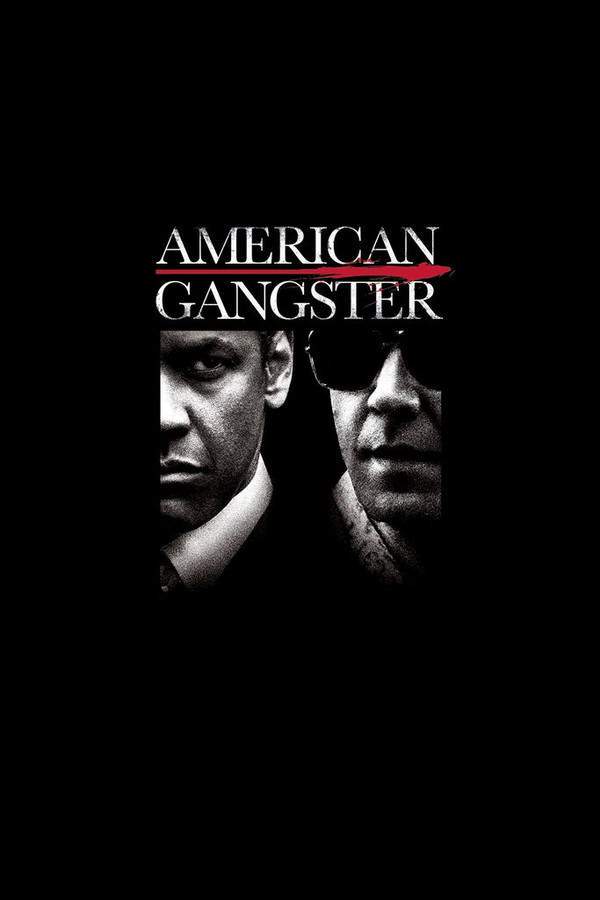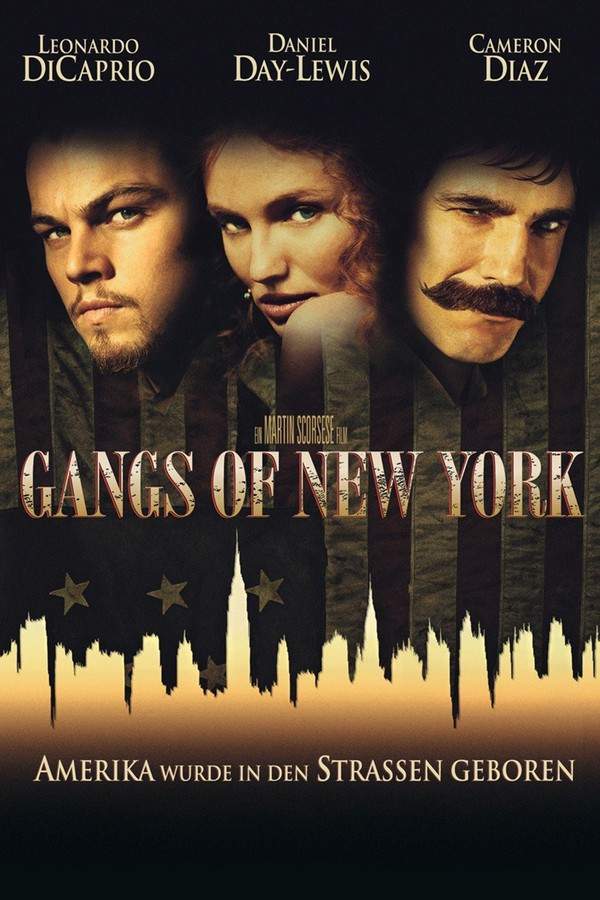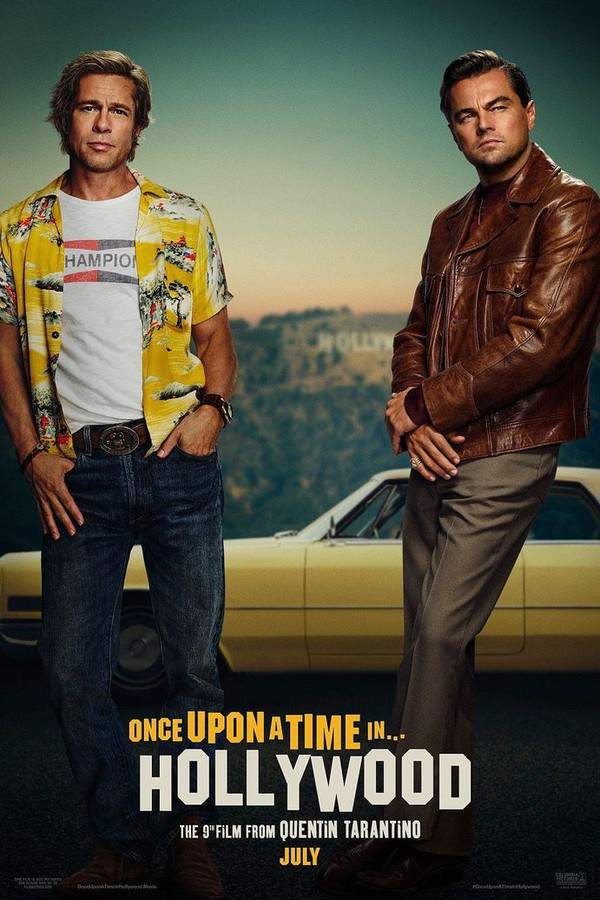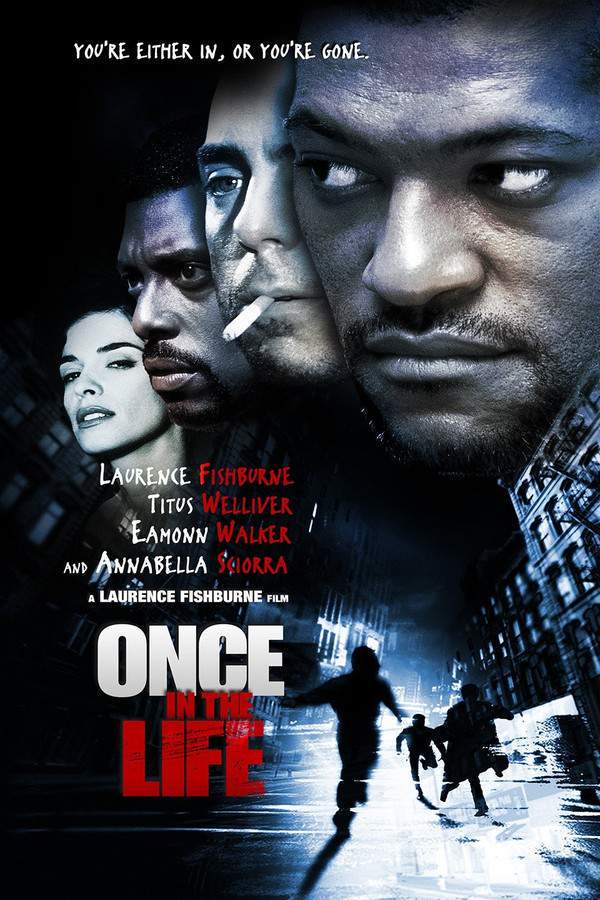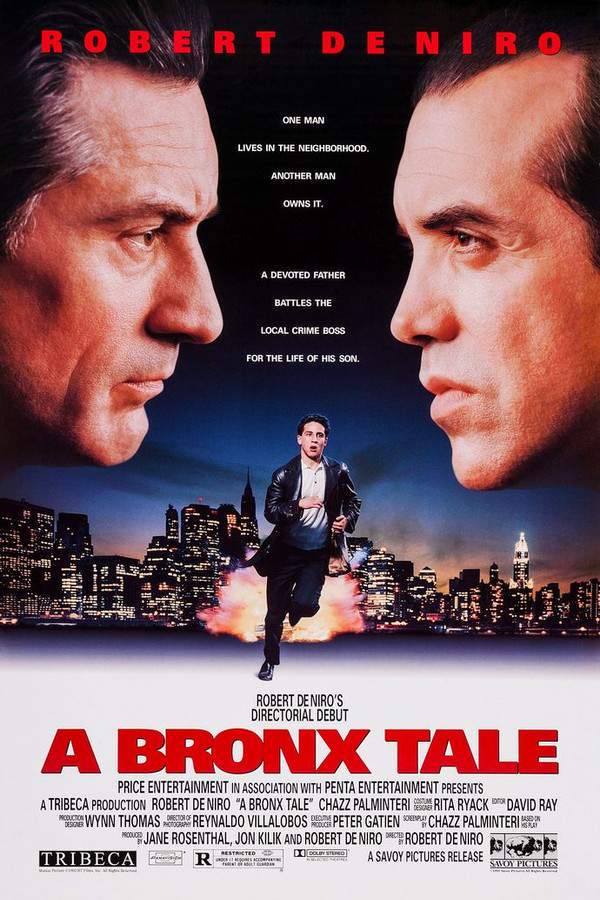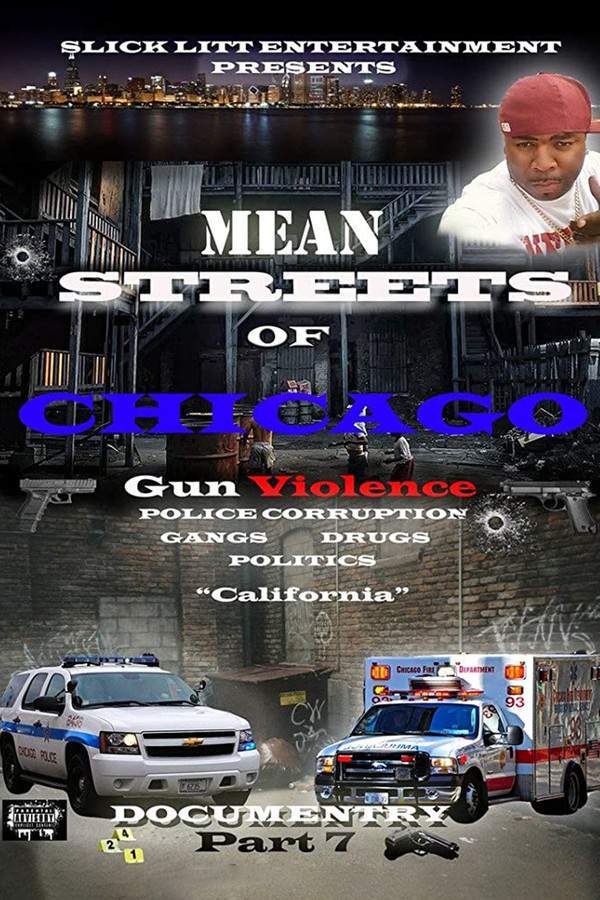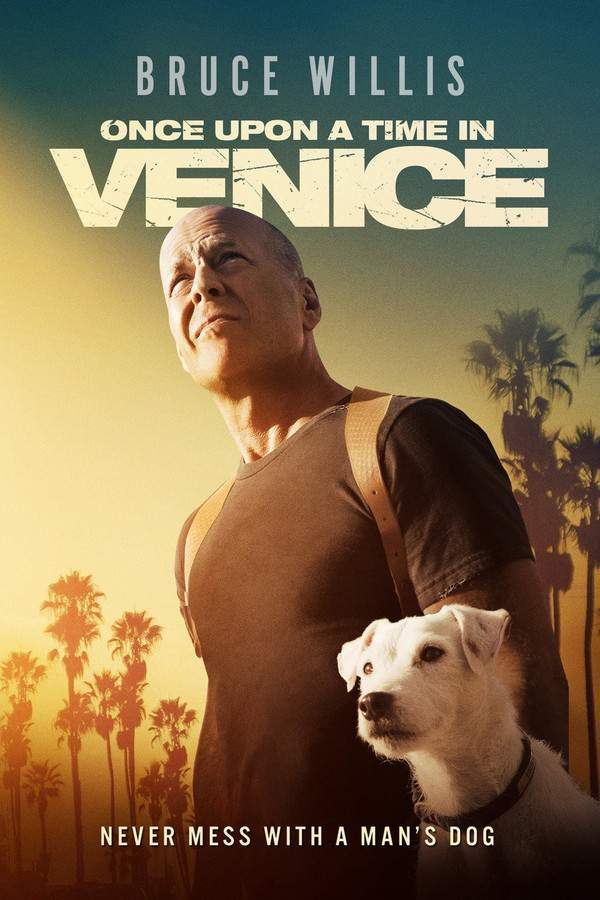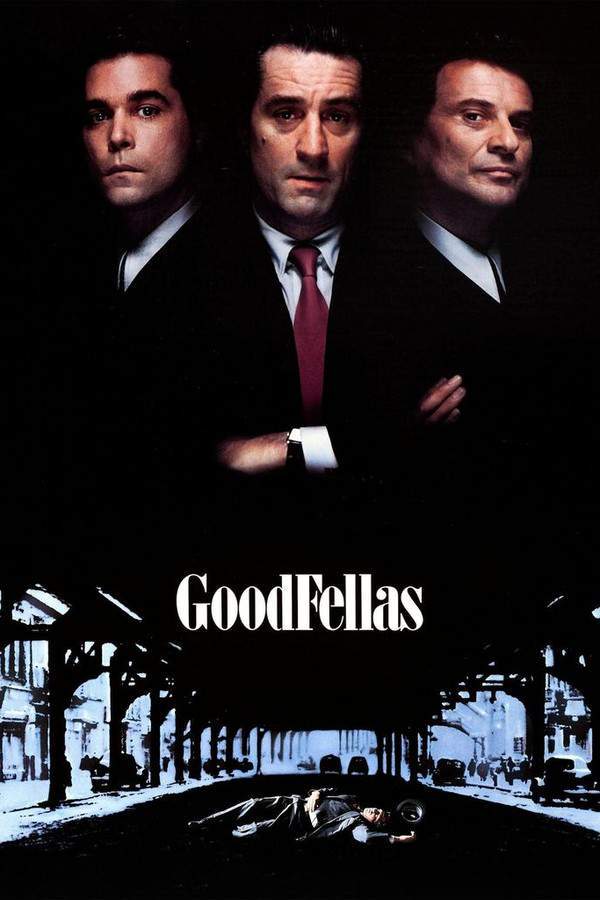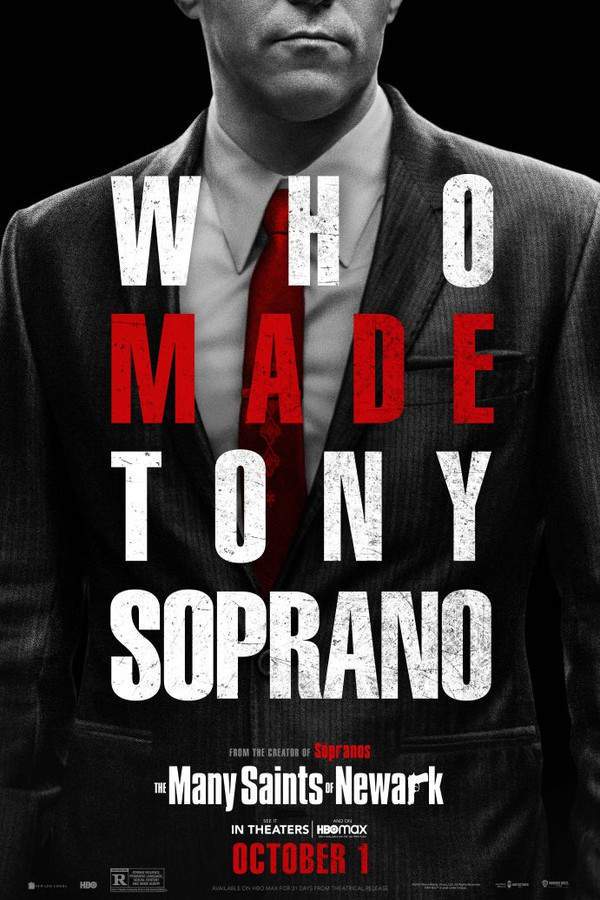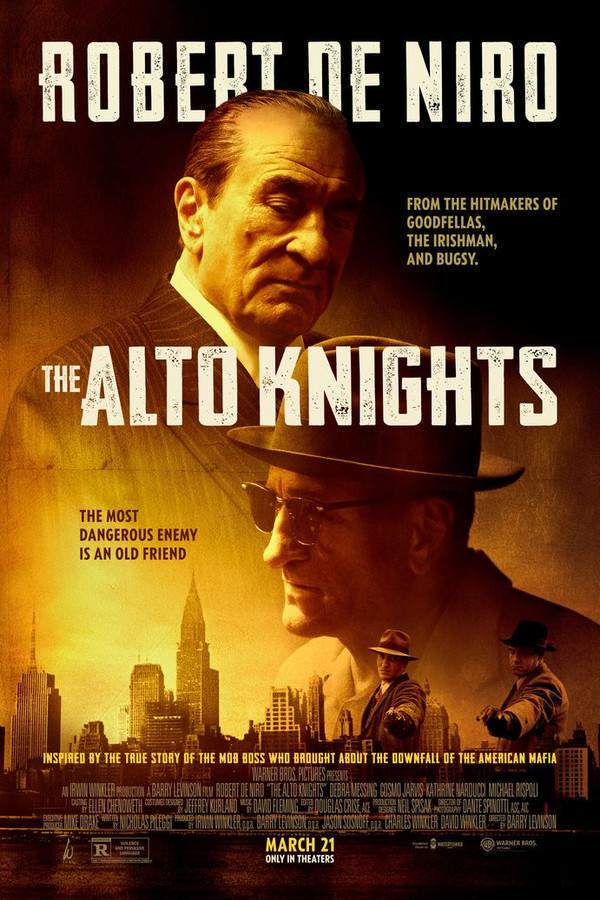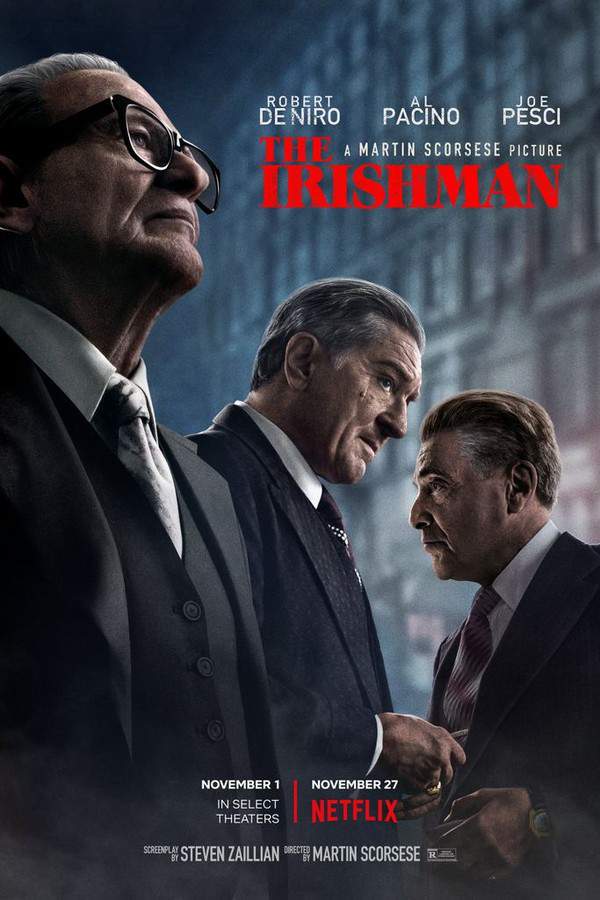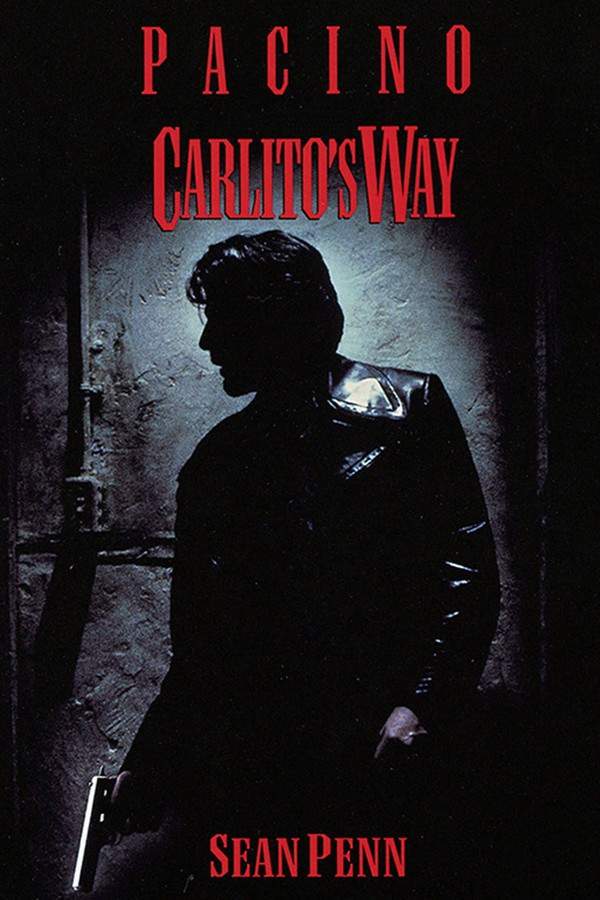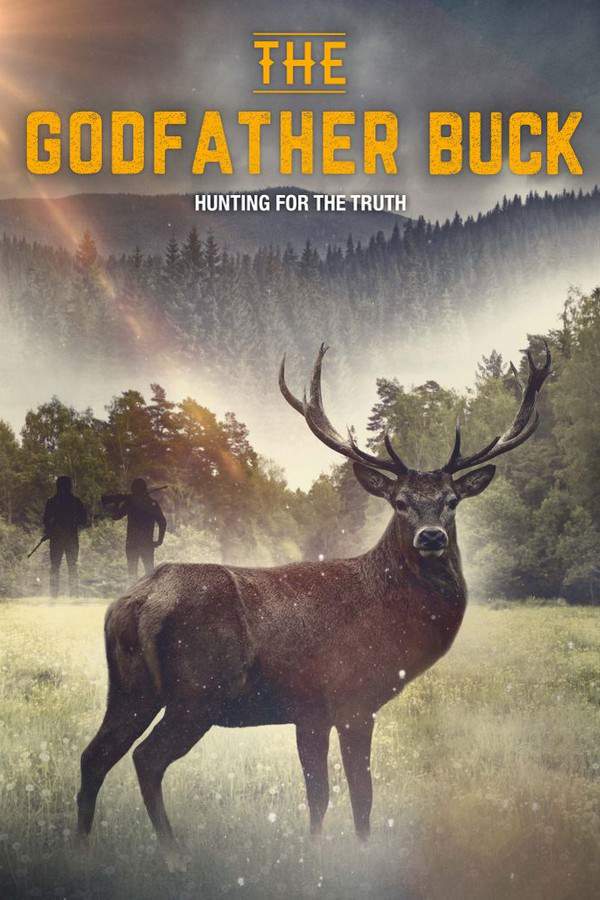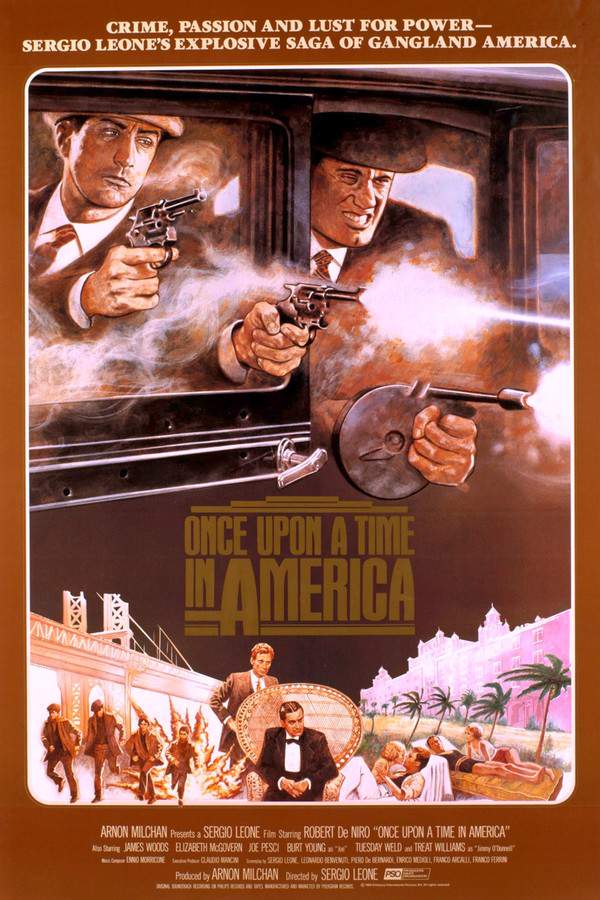
Once Upon a Time in America
Year: 1984
Runtime: 229 min
Language: English
Director: Sergio Leone
In 1968, David "Noodles" Aaronson returns to New York City, reflecting on his complex past. Flashbacks reveal his early years in the Lower East Side, where he and his friends became involved in organized crime. The film explores themes of violence, loyalty, and the consequences of their actions as they navigate a dangerous world and face difficult choices that will shape their lives forever.
Warning: spoilers below!
Haven’t seen Once Upon a Time in America yet? This summary contains major spoilers. Bookmark the page, watch the movie, and come back for the full breakdown. If you're ready, scroll on and relive the story!
Once Upon a Time in America (1984) – Full Plot Summary & Ending Explained
Read the complete plot breakdown of Once Upon a Time in America (1984), including all key story events, major twists, and the ending explained in detail. Discover what really happened—and what it all means.
In this sprawling epic, Once Upon a Time in America, the narrative unfolds across three pivotal eras: 1920, 1932-3, and 1968. The story oscillates between these periods, intricately woven together to reveal a rich tapestry of life and loss.
Set against the backdrop of the Lower East Side of Manhattan, the film begins in 1968 when a middle-aged David “Noodles” Aaronson (Robert De Niro) makes a dramatic return to his old neighborhood. Called back under mysterious circumstances by a rabbi’s letter about a cemetery’s closure, Noodles, now living as Robert Williams, is haunted by memories of his past and the specter of vengeance. After settling into a room above a local bar owned by Fat Moe Gelly (Larry Rapp), Noodles investigates the letter’s origin, dreading a reunion fraught with the ghosts of his former friends—Patrick “Patsy” Goldberg (James Hayden), Philip “Cockeye” Stein (William Forsythe), and Max Bercovic (James Woods).
The film dives into flashbacks of 1920, painted vividly with the stark realities of poverty. Noodles, as a younger man played by Scott Tiler, dreams of rising above his desperate circumstances alongside his friends. They are entangled in petty crime under the thumb of local Irish gangster Bugsy ([James Russo]), yet harbor aspirations for independence. An encounter with Max ([Rusty Jacobs]), who impresses them with his cunning, sets the stage for their budding friendship, spotlighting Max’s charisma and leadership.
As childhood ebbs away, the boys transition into their teenage years, getting embroiled in more serious crime and gaining notoriety. They cleverly manipulate Whitey ([Richard Foronjy]) to pay them tribute, despite his attempts to dominate them, and soon find themselves making a name in their community. Noodles harbors a crush on Deborah ([Jennifer Connelly]), the beautiful sister of Fat Moe, whose ballet practice captivates him, though largely ignored by her.
Strife arises when Bugsy brutally besets Noodles and Max following a robbery, leading to catastrophic consequences that culminate in Noodles’ imprisonment for twelve years. Upon his release in 1932, he is reunited with Max and discovers their new venture as bootleggers thriving in a speakeasy, a façade that serves a far darker purpose.
Their ambitions escalate, overlapping with labor movements led by the principled Jimmy “Clean Hands” O’Donnell (Treat Williams). The gang’s machinations turn dire as they plot to switch a police captain’s newborn son to ensure their safety amidst labor strikes, pushing the envelope of morality further.
Driven by romance and regret, Noodles rekindles his connection with Deborah. However, toxic choices culminate in tragedy as their violent aspirations lead to confrontation and death. For Noodles, guilt becomes omnipresent when betrayal and complex interactions lead his friends toward destruction at the hands of rival forces.
As Noodles grapples with the fallout from the violent lives they’ve led—where trust is fleeting and survival is paramount—the film examines themes of friendship, betrayal, and the haunting echoes of an unresolved past. By the end, Noodles confronts the implications of his actions in 1968, learning that those he loved are memorialized in a lavish mausoleum. A chance encounter places him face-to-face with Max (William Forsythe) once more, blending past and present in a disquieting dance of fate and remorse, culminating in the stark realization that the future is an echo of choices made long ago.
The film’s final moments suggest a return to an opium den, blurring reality and fantasy, leaving lingering questions about the nature of the dreams and the burdens of one’s past, a speculation that continues to haunt the viewer as the credits roll.
Last Updated: November 07, 2024 at 23:25
Unlock the Full Story of Once Upon a Time in America
Don't stop at just watching — explore Once Upon a Time in America in full detail. From the complete plot summary and scene-by-scene timeline to character breakdowns, thematic analysis, and a deep dive into the ending — every page helps you truly understand what Once Upon a Time in America is all about. Plus, discover what's next after the movie.
Once Upon a Time in America Timeline
Track the full timeline of Once Upon a Time in America with every major event arranged chronologically. Perfect for decoding non-linear storytelling, flashbacks, or parallel narratives with a clear scene-by-scene breakdown.

Characters, Settings & Themes in Once Upon a Time in America
Discover the characters, locations, and core themes that shape Once Upon a Time in America. Get insights into symbolic elements, setting significance, and deeper narrative meaning — ideal for thematic analysis and movie breakdowns.

Similar Movies to Once Upon a Time in America
Discover movies like Once Upon a Time in America that share similar genres, themes, and storytelling elements. Whether you’re drawn to the atmosphere, character arcs, or plot structure, these curated recommendations will help you explore more films you’ll love.
Explore More About Movie Once Upon a Time in America
Once Upon a Time in America (1984) Scene-by-Scene Movie Timeline
Once Upon a Time in America (1984) Movie Characters, Themes & Settings
Once Upon a Time in America (1984) Spoiler-Free Summary & Key Flow
Movies Like Once Upon a Time in America – Similar Titles You’ll Enjoy
American Gangster (2007) Film Overview & Timeline
Gangs of New York (2002) Movie Recap & Themes
Once Upon a Time ... in Hollywood (2019) Story Summary & Characters
Once in the Life (2000) Complete Plot Breakdown
A Bronx Tale (1993) Ending Explained & Film Insights
Once Upon a Time (2017) Ending Explained & Film Insights
Mean Streets (1973) Movie Recap & Themes
Once Upon a Time in Venice (2017) Detailed Story Recap
Goodfellas (1990) Plot Summary & Ending Explained
The Many Saints of Newark (2021) Full Movie Breakdown
New York, New York (1977) Complete Plot Breakdown
The Alto Knights (2025) Plot Summary & Ending Explained
The Irishman (2019) Film Overview & Timeline
Carlito's Way (1993) Movie Recap & Themes
The Godfather (1972) Ending Explained & Film Insights



